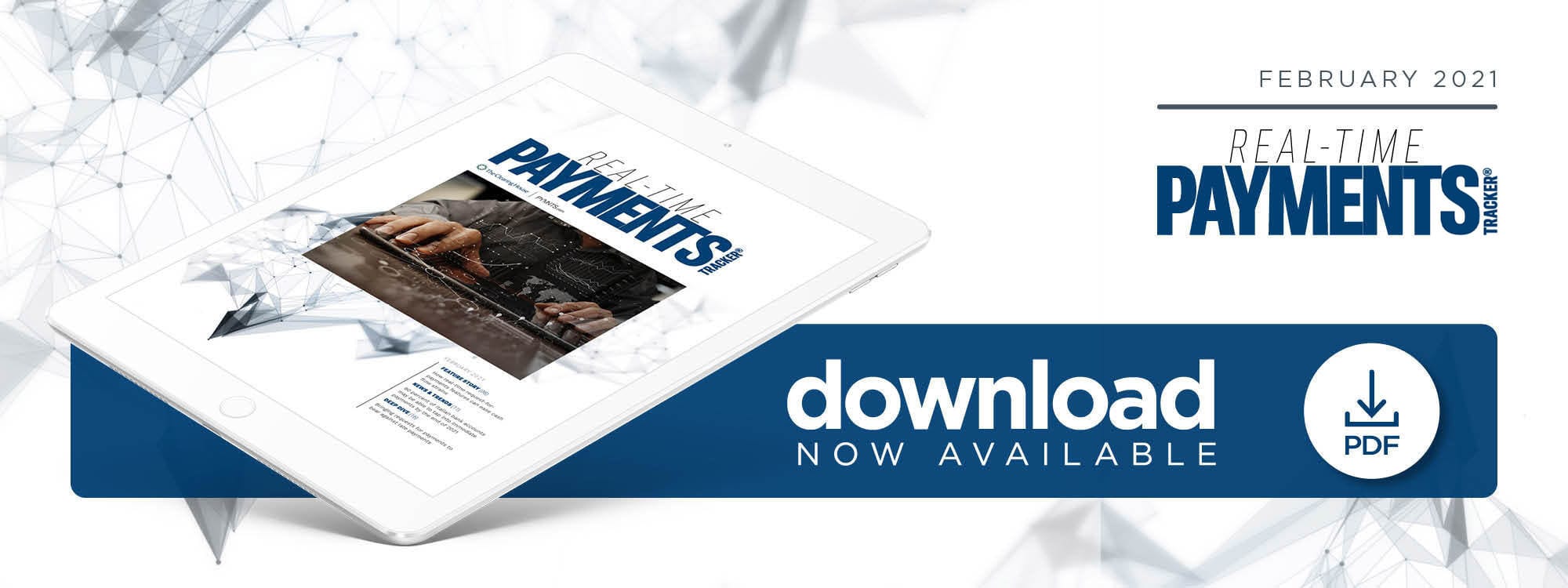Deep Dive: Bringing Request For Payments To Bear Against Late Payments

Getting paid quickly is often a struggle for vendors, and too many delays could cause cash flow disruptions that might put smaller operations out of business.
Freelancing professionals can face similar challenges, with many stringing together ad hoc jobs to make ends meet and requiring prompt payments to settle their bills.
Businesses and freelancing professionals may be unable to completely control clients’ payment behaviors, but they can take steps to encourage swifter funds delivery. Carefully selecting which payment methods to accept is crucial. Payees that are dependent on receiving paper checks must spend days waiting as they wind their way through the postal system, then wait again for the funds to settle.
Accepting ACH transfers and card payments — and urging customers to use them — can accelerate these timelines, and using the RTP network in the U.S. or similar real-time rails in other countries can offer even greater speed and immediate compensation. Clients that leverage such payment tools can greatly reduce the time between when funds are issued and when they are ready to spend.
Persuading customers to engage with such offerings is only part of the battle, however. Clients still have to stay on top of their payment obligations, and customers who adopt real-time methods may still simply forget to pay invoices on time.
Freelancers and companies can combat such issues by using request-for-payment features to remind clients to send funds. This functionality allows businesses to send clients messages over real-time rails in which they provide billing details and prompt customers to send payments back using the same networks. Providing digital, data-rich invoice details can eliminate customer confusion and help them keep track of their payment obligations. It can also make reconciliation easier for vendors and professionals because the payments they receive are paired with data about each request.
This month’s Deep Dive examines the problems that result from late payments and explores how real-time rails with request-for-payment capabilities can remove frictions for companies and freelancers seeking to receive quick compensation.
The Burden Of Slow Payments
Late-payment problems afflict businesses around the globe, and the ongoing pandemic is making the situation worse. Sixty-two percent of United Kingdom-based small- to medium-sized businesses (SMBs) reported being hit with late or frozen payments last summer, for example, while another study found that U.S. firms cited a 72 percent year-over-year rise in payment defaults in 2020. Firms left waiting for payments may be forced to burn through their financial reserves or even go under.
Gig workers also suffer from these issues, with 30 percent of U.K. freelancers saying in a January 2020 survey that they had not been compensated for work. Forty percent of respondents in this segment said clients simply vanished without paying, while 30 percent could not collect compensation because their clients became insolvent.
Delayed or denied client payments can have devastating effects on freelancers’ finances. Those who are unable to pay their bills could be forced to take out high-interest loans to patch over their cash flows. Many ad hoc workers indicate that missed client payments would put them in precarious positions, with PYMNTS research from last spring finding that 16 percent of U.S. gig workers had no savings and were living paycheck to paycheck.
Immediate payments could spare businesses and freelancers from waiting or risking nonpayment as customers can deliver funds well before insolvency issues develop. Payments sent over real-time rails also tend to be irreversible, possibly preventing vendors and freelancers from stressing about potential problems, like false chargebacks, which occur when customers fraudulently contest legitimate purchases to recoup funds.
Customer Incentives
Businesses eager to realize immediate payments’ advantages must first persuade clients to use them, and removing customer frictions could help them do so. Real-time rails that offer request-for-payment features may be compelling to clients because they provide easy-to-manage invoice data, which spares customers from having to keep track of paper documents. Some systems’ request-for-payment messages also give recipients the option to pay bills in part or in full, which could help those who are facing cash flow strains.
Request-for-payment functionalities could even open the door to new payment experiences. One Nordic financial services company executive suggested in 2019 that billers and retailers could deliver request-to-pay prompts via chatbots and voice assistants to create more convenient, omnichannel experiences. Such solutions could enable consumers’ digital assistants to remind them of upcoming bills or ask whether they would like to reorder and pay for household items or groceries that are in short supply, for example.

